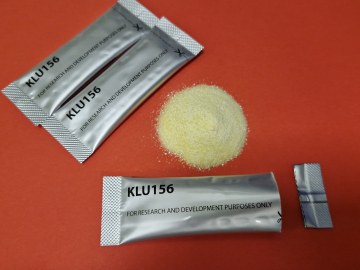Letter to the Editor: Photographs of Cholera Treatment In Yemen Misleading
Dear Editor,
The old journalistic aphorism, “when it bleeds, it leads,” may apply to dramatic photos of patients with cholera getting intravenous therapy who ought to be on the visually dull—but effective—oral rehydration therapy (ORT).
One from a July 11 New York Times article on the UN suspending cholera vaccination in Yemen shows 2 adult patients in seeming good shape on hospital beds with the tag line, “Yemenis infected with cholera received treatment at a hospital in Sana [sic], Yemen, on Tuesday.” Another in a May 15 Reuters article that GHN linked to on the epidemic shows a bemused elderly gentleman in bed with an intravenous going.
Of course, the situation brought about by the Yemeni war is utterly chaotic, devastating, making any effort at containment and treatment most difficult. Nevertheless many Yemeni health workers and NGO groups are doing their best, attested to by a reported fatality rate of under 1%, which if true would be equivalent to the results in desperate refugee situations in India during the 1971 India-Pakistan war, and Goma, Democratic Republic of the Congo in 1994, attributable to widespread use of ORT administered mainly by family members.
Because ORT can be given by family members or friends, and patients willingly take what is needed to be rehydrated, the method will save more lives than depending on IVs and skilled health workers to administer. We’ve known this for decades.
Photographs showing only IV therapy, and in patients strong enough to drink, do a disservice in understanding and combatting cholera epidemics.
You can see the effects of ORT in this sequence of photos below of a dehydrated Egyptian child treated entirely with ORT. These pictures, taken by me, were made into large posters for use by NGOs in Goma.
Sincerely,
Norbert Hirschhorn, MD
London



